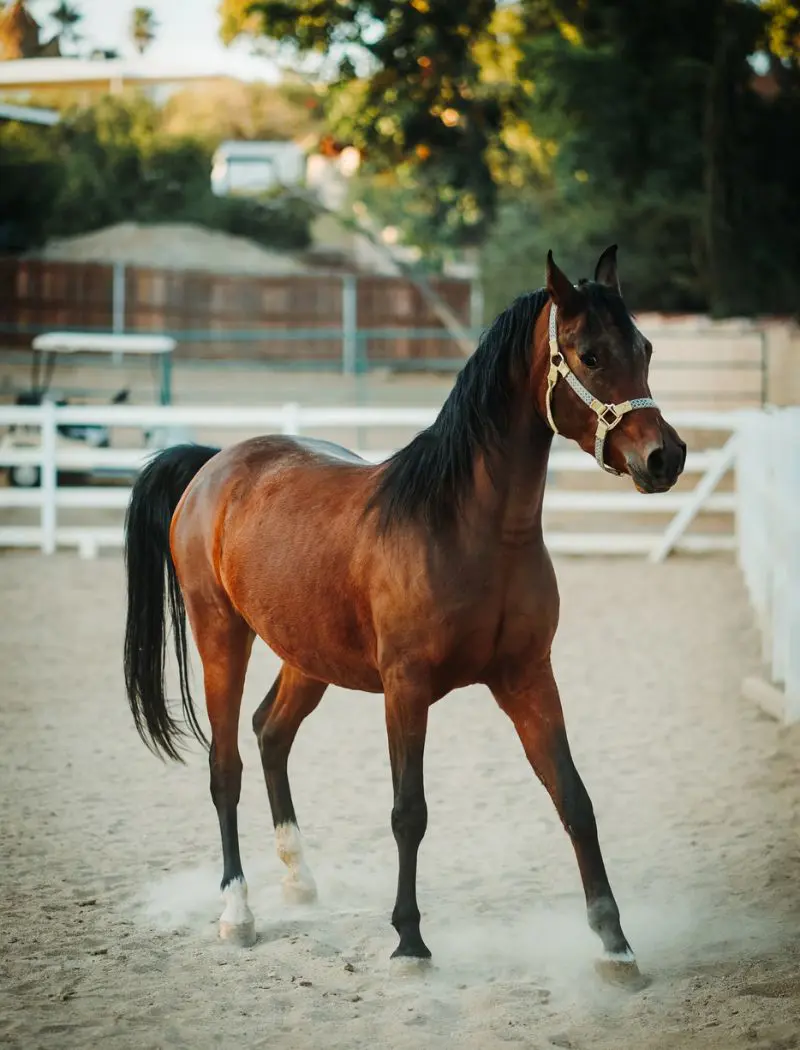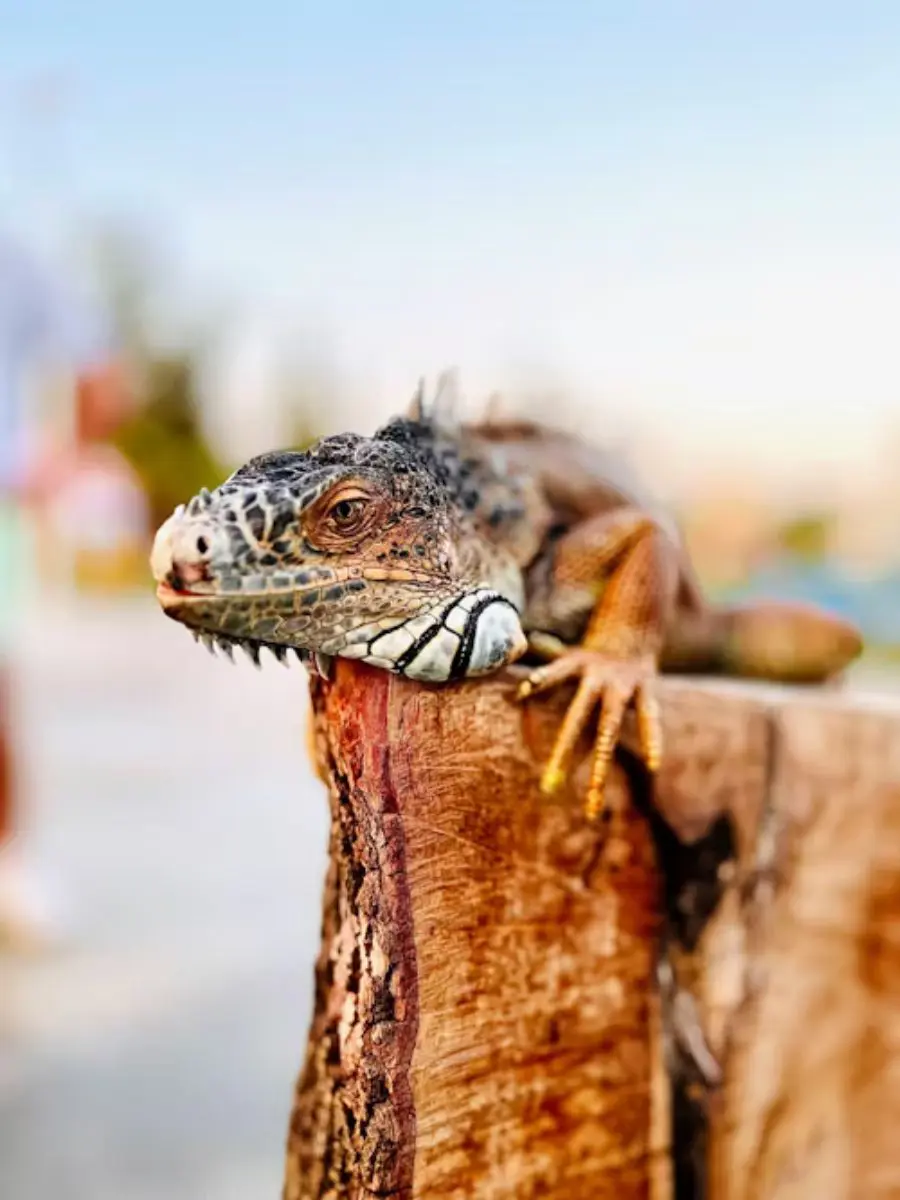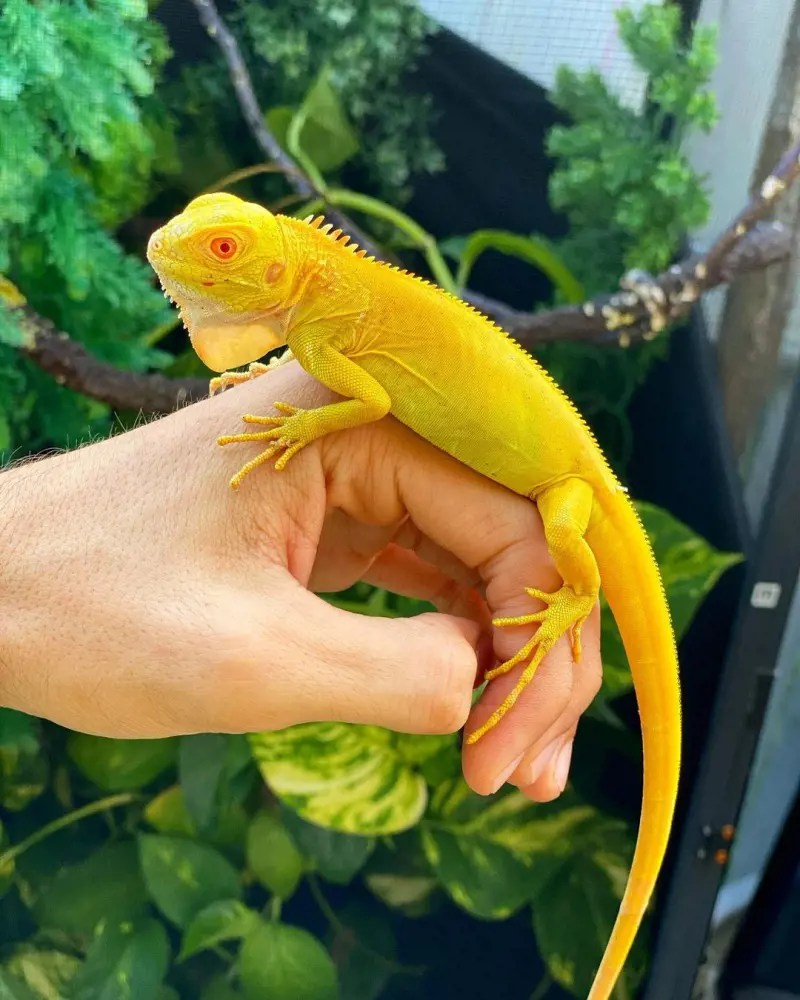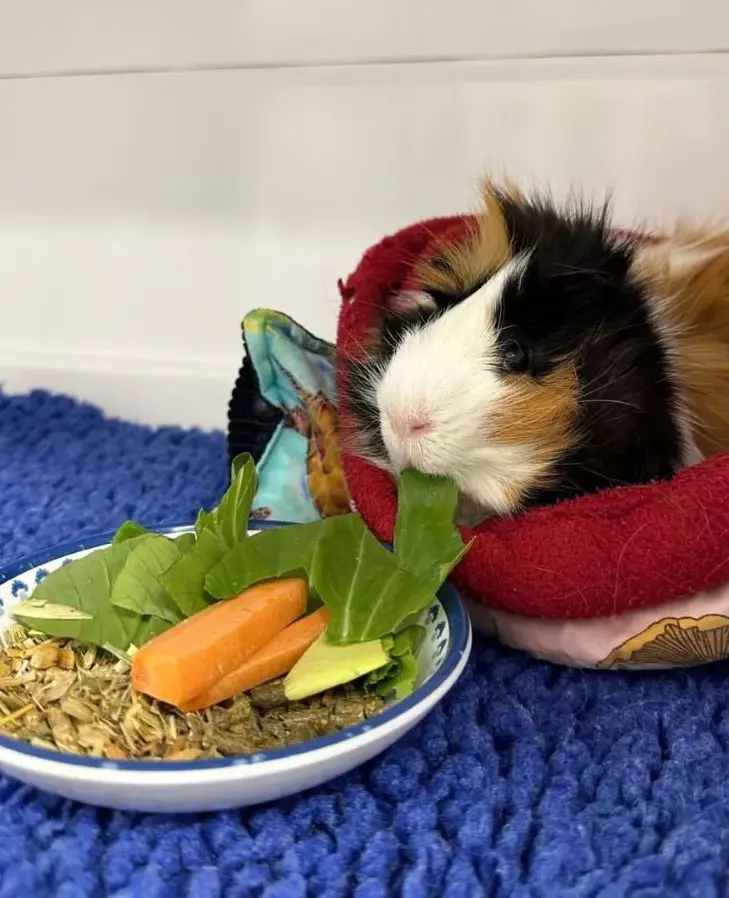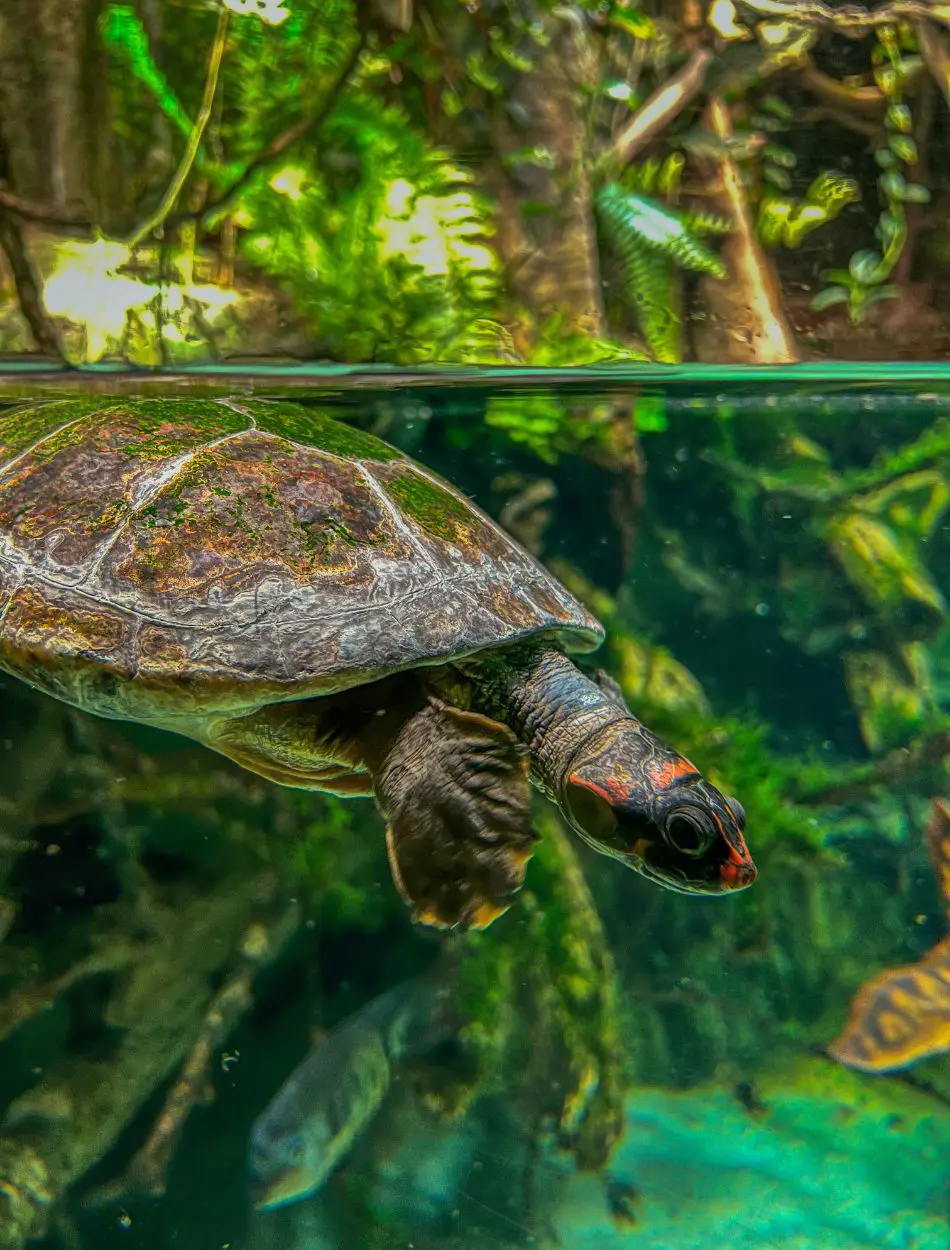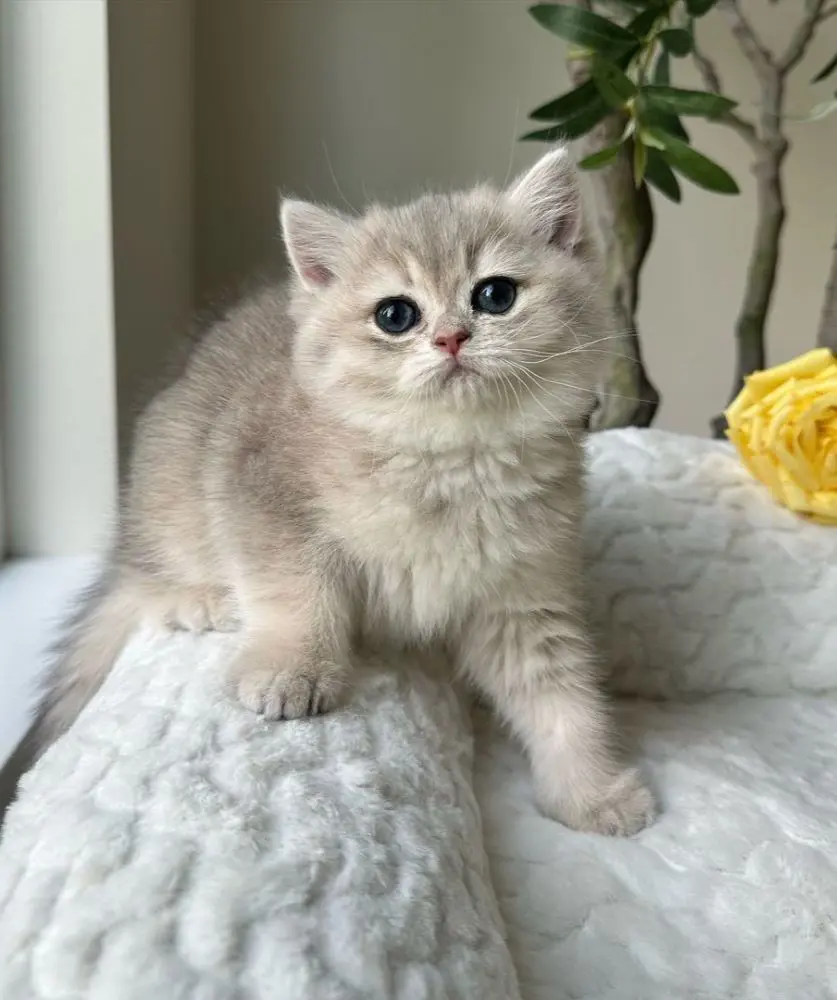Your Guide To Care for a Pet Leopard Gecko
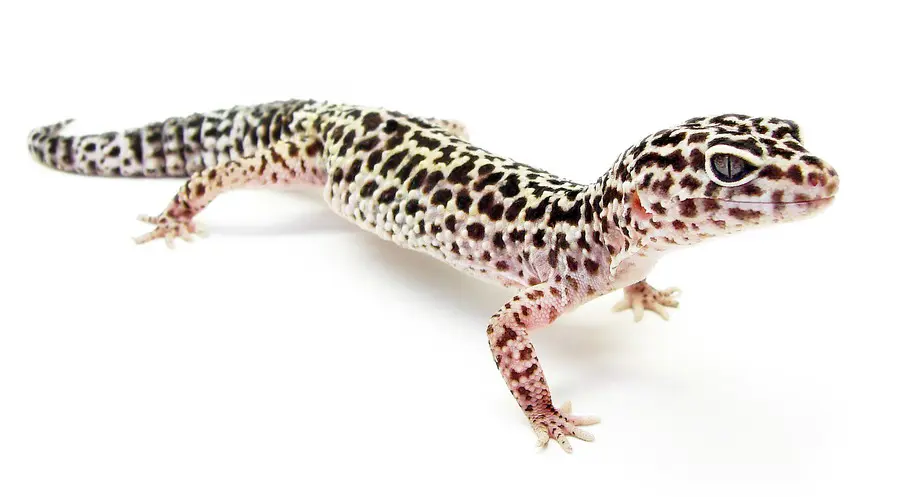
Leopard geckos are popular pets due to their easy care requirements and fascinating behavior.
Native to parts of Asia, they have a distinctive appearance with their yellow and black spotted bodies and eyelids, unlike most geckos. Here’s a comprehensive guide to caring for these charming reptiles.
Behavior and Temperament
Leopard geckos are generally docile and easy to tame. They are nocturnal and ground-dwelling, meaning they are most active at night and do not climb walls. They are known for their vocalizations, making chirps and squeaks, especially when hungry.
These geckos communicate using their tails; a slow, back-and-forth tail wave indicates a threat, while a rapid rattle signifies excitement, such as during feeding or mating.
When socializing a new gecko, handle them gently to avoid causing stress. Over time, they may become more accustomed to handling. Be mindful of their tail, as they can self-amputate if they feel threatened.
Housing
A 10-gallon tank is the minimum size for one leopard gecko, but larger tanks are preferable. These geckos enjoy hiding, so provide half logs, commercial reptile caves, rocks, or even cardboard boxes for them to retreat into.
A damp hide box helps with shedding. Clean the enclosure regularly, spot-cleaning daily and doing a thorough cleaning twice a month.
Soaking your gecko in lukewarm water once or twice a week helps with hydration and humidity, which is particularly important during shedding.
Heat
Leopard geckos need a thermal gradient in their enclosure to regulate their body temperature. Provide a basking spot with a temperature of 88°F (31°C) during the day, and allow the temperature to drop to 70-75°F (21-24°C) at night.
Use a combination of incandescent heat bulbs for daytime heat and red, blue, or ceramic heat emitters for nighttime warmth. Avoid using hot rocks as they can cause burns.
Light
Though primarily nocturnal, leopard geckos benefit from a small amount of UV light (2-7% UVA/UVB) to help prevent metabolic bone disease.
Provide about 14 hours of light in the summer and 12 hours in the winter, using a timer for convenience.
Humidity
Maintain humidity levels around 30-40%. If humidity drops too low, your gecko may have difficulty shedding.
Use a screen top to keep the environment dry and a hygrometer to monitor humidity levels.
Substrate
Young geckos should not be kept on sand as they may ingest it, leading to blockages.
Suitable substrates include paper towels, indoor/outdoor carpet, or reptile carpet. Avoid wood shavings, which can harm their feet and respiratory system.
Food and Water
Leopard geckos are insectivores. Feed them a variety of insects like crickets, waxworms, and mealworms, ensuring they are gut-loaded with nutrients. Dust insects with a calcium/vitamin D3 supplement before feeding.
Juveniles need daily feedings, while adults can be fed every other day. Provide a shallow dish of fresh water at all times, which also helps maintain humidity.
Health Problems
Common health issues in leopard geckos include Metabolic Bone Disease caused by insufficient calcium and vitamin D3, leading to deformities.
Armpit Bubbles
Indicate nutrient storage but are generally not dangerous.
Gastroenteritis
A bacterial infection causing watery stools and tail shrinkage.
Dysecdysis
Difficulty shedding due to low humidity or poor nutrition.
Respiratory Infections
Symptoms include wheezing and mucus around the mouth and nose. Regular veterinary care from a specialist in reptiles is essential for treating these conditions.
Choosing a Leopard Gecko
Leopard geckos can live over 20 years, so be prepared for a long-term commitment.
They are readily available and can cost between $20 and $40, with rare morphs costing more. Purchase from reputable breeders and look for geckos with plump tails, clear eyes, noses, and mouths, and a clean vent area.
Conclusion
Leopard geckos are delightful pets that are relatively easy to care for. With proper housing, diet, and regular health check-ups, they can live long, healthy lives.
Whether you are a novice or an experienced reptile keeper, a leopard gecko can be a rewarding addition to your home.
Top Lists
